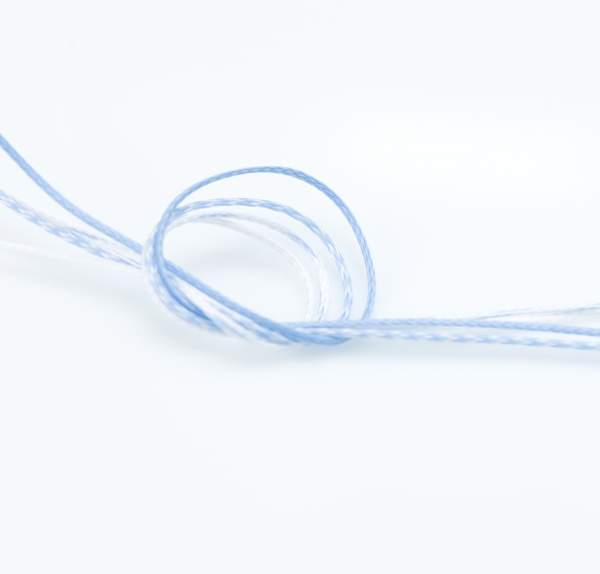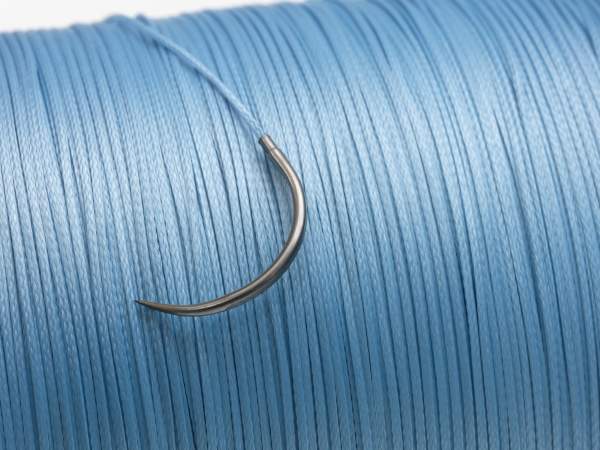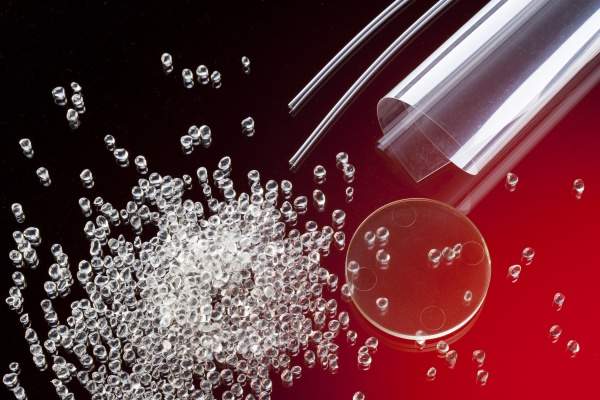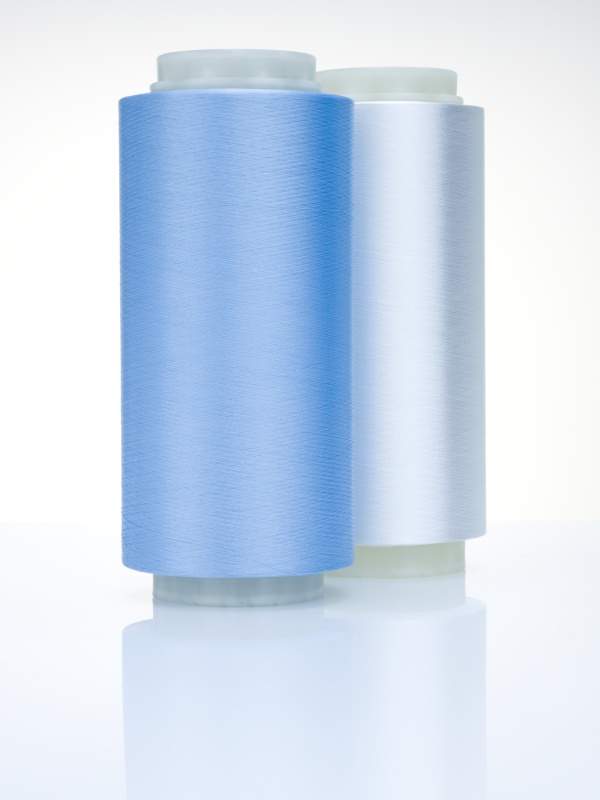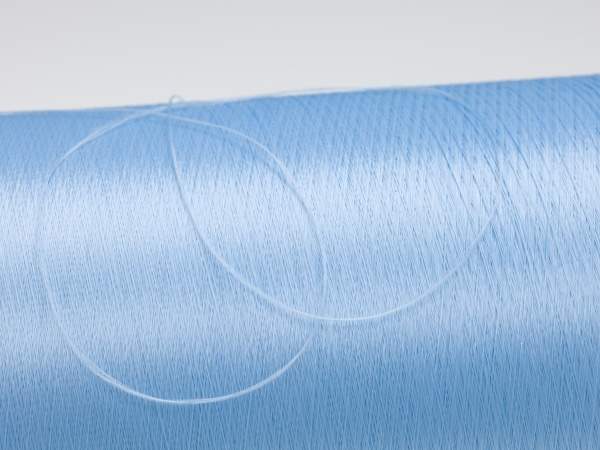DSM leverages its expertise in life sciences and materials sciences as a global leader in the development of next-generation biomedical materials. DSM brings new material innovation to market, through the development of novel materials-based solutions that meet the present and future needs of the medical device and biopharmaceutical industries.
As a leader in the biomedical materials sector with advanced research and development, manufacturing and materials processing capabilities, DSM develops products that are available for use in short-term and long-term implantable medical devices.
Our growing product portfolio includes:
- Biostable polyurethanes
- Hydrophilic and non-biofouling coatings
- Polymer stabilising technology
- UHMWPE fibres
- Resorbable materials
- Silicone hydrogels
Medical-grade polymers
DSM’s industry-leading medical-grade polymers are:
- Bionate® PCU
- BioSpan® SPU
- CarboSil® TSPCU
- Elasthane™ TPU
- PurSil® TSPU
Our polymers have been proven in long-term implants over many years and are available with different properties, such as high strength, flexibility, fatigue resistance and biostability, to meet specific needs.
Specialised coatings for disposable medical devices
Our coatings, ComfortCoat® coating and VitroStealth® non-biofouling coating, are available in specialised formulations, with hydrophilic, antimicrobial, or hemocompatible properties. They are used in disposable devices such as guidewires, catheters and short-term implants used in vascular, neurological, urinary and ophthalmic applications.
DSM Biomedical’s non-biofouling coating reduces unwanted protein absorption and cellular adhesion, which is important for biosensors, insulin pens and insulin pumps, prefilled syringes and cartridges, as well as diagnostic labware.
Ultra-high-molecular-weight polyethylene fibres
Our range of ultra-high-molecular-weight polyethylene (UHMWPE) includes:
- Dyneema Purity® SGX fibre
- Dyneema Purity® TG fibre
- Dyneema Purity® UG and VG fibre
DSM’s fibres are 15 times stronger than steel, by weight, and materials made with these fibres are resistant to fatigue and abrasion, which can contribute to a device’s durability.
They are available in three different grades to meet specific application needs, including improving implant performance in joint repair, or replacement, and reducing the profile of devices for use in minimally invasive procedures without sacrificing strength and durability.
Polymer stabilising technology
Our Hindered Amine Light Stabilizer (HALS) technology offers device manufacturers an option for improving the stability of UHMWPE in orthopedic implants and prolonging their life by strengthening material resistance to oxidation.
Resorbable materials
DSM Biomedical’s proprietary bioresorbable polymers provide the foundation that enables biopharmaceutical companies to formulate implantable drug delivery systems for specific applications.
This technology can assist in creating a platform for delivery of medications to a precise target area in the body, with controlled release from several days to multiple months. Pain, anti-inflammatory and antimicrobial drugs can be delivered for ophthalmic, orthopedic, pain management and vascular treatments.
Silicone hydrogels
DSM technology and ophthalmic expertise were, and continue to be, major contributors to the development of silicone hydrogel contact lenses, helping to create a new generation of super-permeable, comfortable extended-wear contact lenses.
Biocompatible and biostable materials
Our knowledge of the human body allows us to create biocompatible, biostable materials. We will continue to advance biomaterials technology, using bright science to help people lead longer, healthier, more active and brighter lives. Our development efforts focus on three areas of materials interaction with the human body.
- Bio-passive: such as coatings and polymers that minimise interaction with the body
- Bioactive: materials that interact with the body, such as those that will be resorbed following full delivery of a medication
- Interactive: materials that induce some regenerative reaction in the body for angiogenesis or tissue growth


